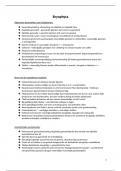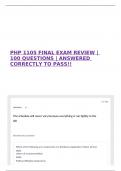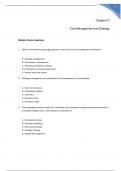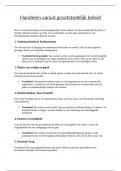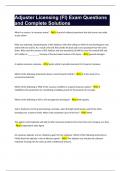Exam (elaborations)
Neonatal and Pediatric Respiratory Care by Perretta - Test Bank
- Module
- Nursing - Test Bank
- Institution
- Nursing - Test Bank
Chapter 2 Fetal Cardiopulmonary Development Multiple Choice 1. What percentage of live births occurs before the 37-week gestation period? A. 10% B. 15% C. 12% D. 18% ANS: C 2. What measuring tool for due date estimation is effective at young gestational age as a result o...
[Show more]




